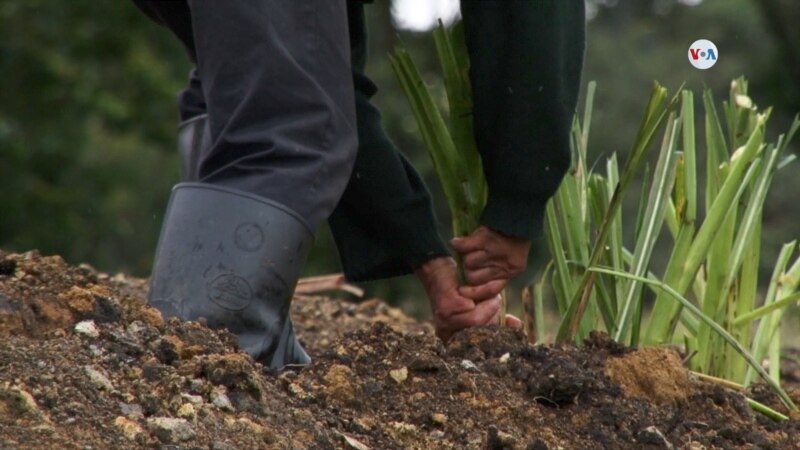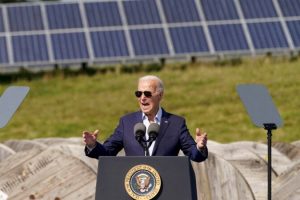
At least 28.1% of Colombians live in a situation of severe food insecurity or moderate, reveal data from the government and the Food and Agriculture Organization of the United Nations (FAO).
The data was provided by the National Administrative Department of Statistics (DANE), which included the Food Insecurity Experience Scale (FIES), a mechanism used by FAO.
“What the report has shown us is that there is an increase in food prevalence as the household grows after two people, food insecurity increases, where we have documented in the national total in families with five or more people where it reaches 39%”, he told the voice of america, Piedad Urdinola, director of DANE.
Mothers head of household, the most affected
The document shows that insecurity worsens in single-parent families, headed mainly by a woman, where 31 out of 100 families have difficulties accessing more than two meals a day.
In this sense, the Minister of Agriculture, Jhenifer Mojica, told the VOA that the figures are “very serious” and that they represent an “urgency for the government.”
“Half of the population in Colombia is food insecure, they do not eat 3 times a day or the food they eat is insufficient in quality and nutrients. This is very serious because indigenous, ethnic and female populations have food shortages of up to 60%, very serious because we are a country that perfectly has enough agricultural supplies so that all people can feed themselves”, he mentioned.
Food insecurity by departments
In the department of La Guajira, where the president moved last week its seat of government and declared an economic, social and ecological emergency to face the social situation, it is the department where households suffer the most from food shortages with 60%, followed by other Caribbean regions such as Sucre (47.9%), Atlántico (46.1%) and Magdalena (45.3%).
For Maya Takagi, FAO representative in Colombia, this study “facilitates” advancing policies that advance the goal of achieving “zero hunger” in the country.
“The food insecurity measurement scale facilitates the implementation of differential policies to address these responses that are necessary to achieve zero hunger, and that all people have food security, in order to focus actions where it occurs most food insecurity to find the necessary solutions. There it is important to coordinate the work with the Ministry of Agriculture in the sense that we have seen that the rural population is also the most affected ”, he assured.
“The indigenous, Afro-descendant and migrant population, especially from Venezuela, are some of the most affected,” Takagi added about this survey, which revealed that food insecurity among the indigenous population amounts to 46.3%, and in black towns, Afro-Colombians, Raizales or Palenqueros reaches 40.7% of households. In addition, in the migrant population it reaches 45 out of every 100 households.
Finally, the figures from this survey coincide with the figures provided by the United Nations Organization (UN), through the World Food Program, which revealed last year that at least 30% of Colombians suffer from food insecurity. .
Connect with the Voice of America! Subscribe to our channel Youtube and activate notifications, or follow us on social networks: Facebook, Twitter and Instagram.






![[Img #74664]](https://thelatestnews.world/wp-content/uploads/2024/12/James-Watson-The-controversial-genius-behind-the-double-helix-150x150.jpg)






